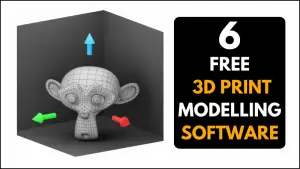You don’t need to drop thousands of dollars on 3D print modeling software, even if you’re aiming for pro-level results. Whether you’re just starting out or already deep into the world of 3D printing, the good news is there’s a wealth of free software out there that can handle everything from basic modeling to complex designs.
Some of these tools are even used by professionals, hobbyists, and educators alike. The best part? They won’t cost you a dime. Here are six of our favorites.
TinkerCAD
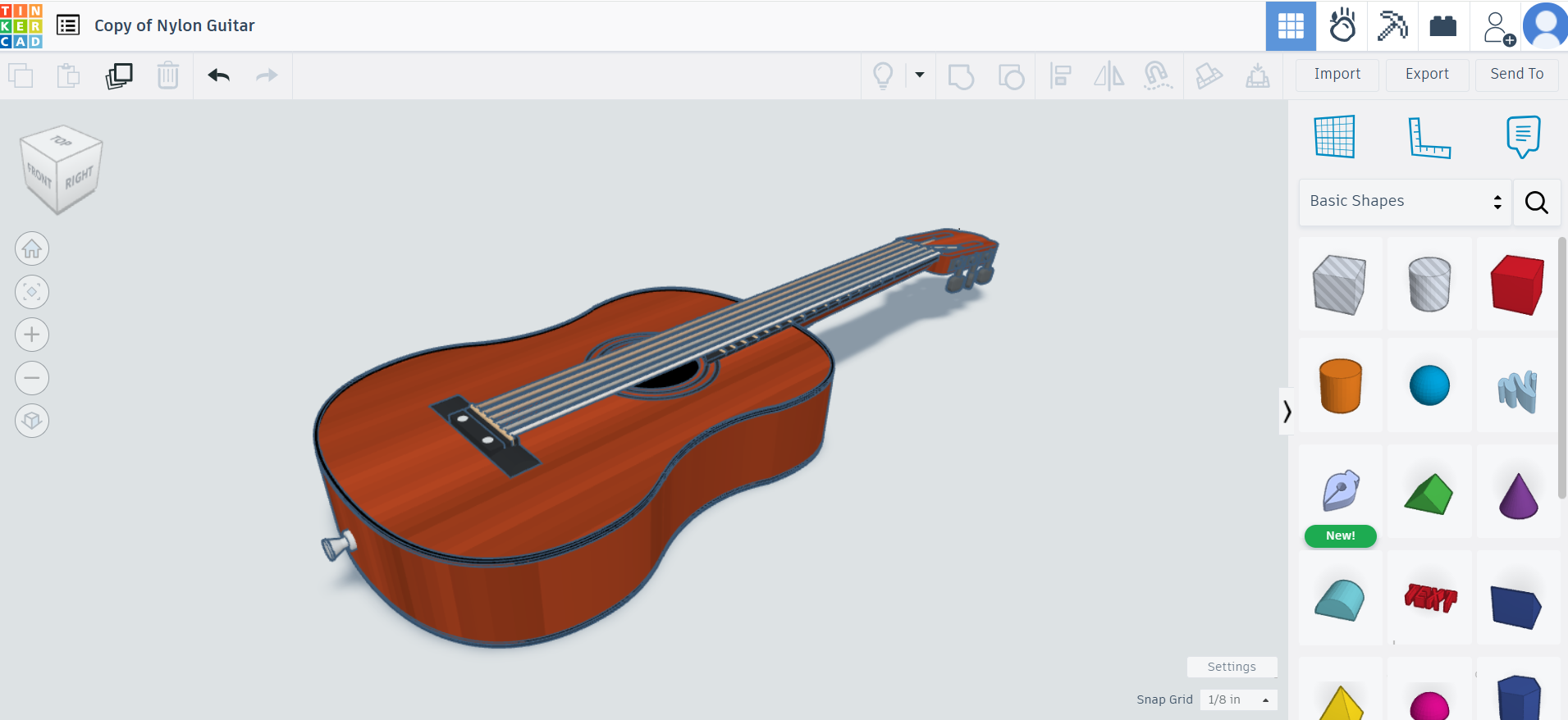
TinkerCAD is an incredibly basic piece of software, but in our opinion, the perfect introduction to 3D modeling. You don’t even need to have that much in the way of artistic skills. You’re just slotting together geometric shapes and creating something that (hopefully) looks wonderful.
We cannot stress enough how basic TinkerCAD is, and you’ll want to upgrade to something a bit better eventually. However, if you’re looking just to dip your toes into 3D print modeling software and don’t need anything too extravagant (i.e, software that will allow you to create intricate models of humans, animals, etc, then TinkerCAD is perfect.
Pros:
- Easy to use
- Requires no artistic ability
- Perfect gateway to more complicated pieces of software.
Cons:
- Can’t do much more than link geometric shapes together.
Blender
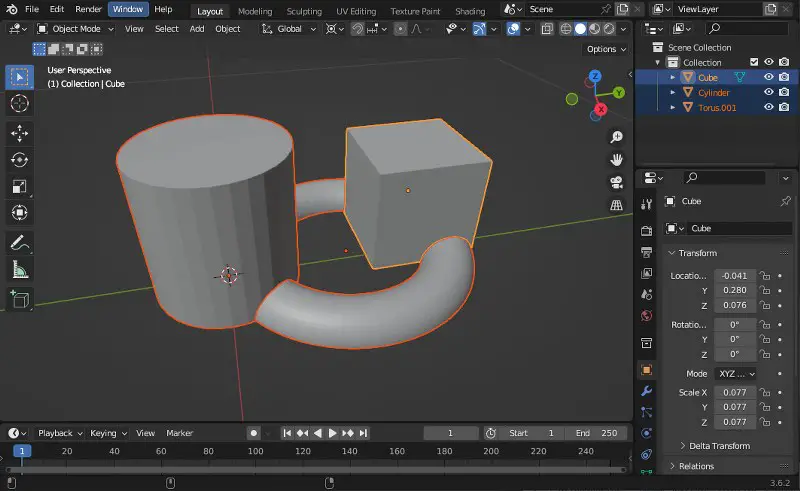
Many 3D print creators, particularly amateurs, swear by Blender. This is because it is, by far, one of the best pieces of software for creating more free-form models. Although we must stress that Blender hasn’t been designed with 3D printing in mind. Many people only use Blender as they got started with creating digital models for various purposes, so they know just how Blender works. It made no sense to move to different software. Although if you’re doing more than 3D printing, then Blender cannot be beaten.
If you do go down the route of Blender, then we highly recommend that you check out a few online tutorials related to Blender and 3D printing, just so you can get everything set up right. If you don’t, then 3D printing Blender models is tough.
Pros:
- One of the more versatile pieces of modeling software.
- Lots of online tutorials for Blender.
- More features than most other free modeling software.
Cons:
- Takes a bit of tinkering to work with 3D models.
- Not ideal if you’re only going to be 3D printing, unless you’ve got prior experience with Blender.
Fusion 360 Personal
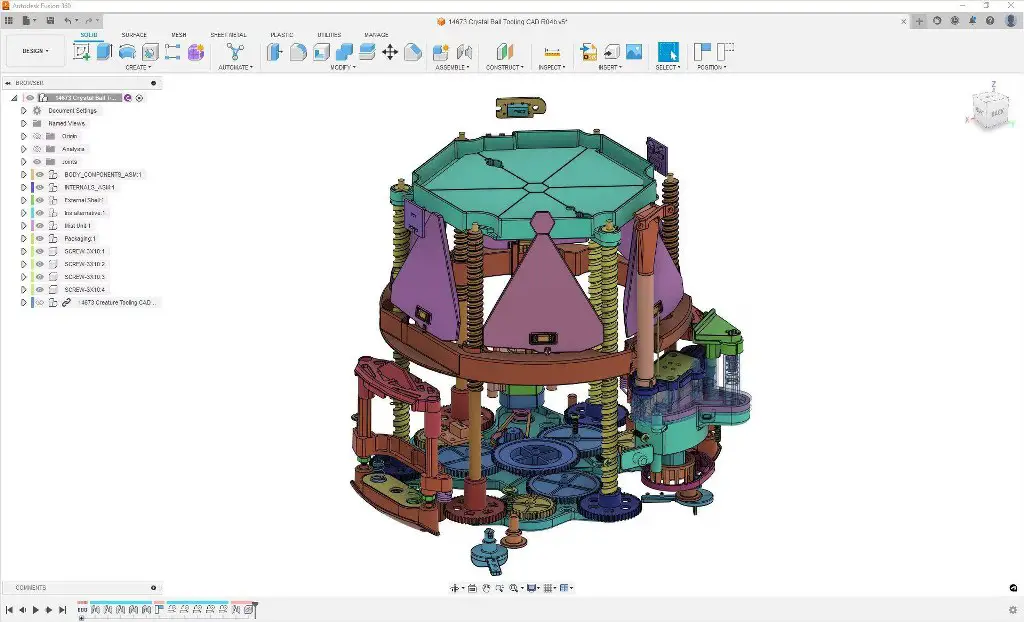
Fusion 360 Personal is the ‘free’ version of Fusion. It has a few limited features, but nothing that is really going to limit you when it comes to 3D printing. Do bear in mind that if you are looking to ‘sculpt’ something, like animals or anything which has a more natural look, Fusion 360 isn’t the best software in the world to use (that would be Blender), but it is certainly a step up from the TinkerCAD software we mentioned at the start.
Fusion 360 Personal is based on industry-standard software. So, if you’re eventually planning to make cash from your 3D printing (perhaps working for a company), then it might be worth getting to grips with Fusion 360 Personal.
We do want to point out that Fusion 360 isn’t particularly great at small surface detailing or text. However, there are plenty of guides out there on how to get around this.
Pros:
- Proper professional-level software, although there are some limitations.
- Thousands of tutorials
- Can create highly detailed models once you’re used to using Fusion 360 Personal.
Cons:
- Not great for sculpting
- Struggles with text and intricate textures.
OnShape
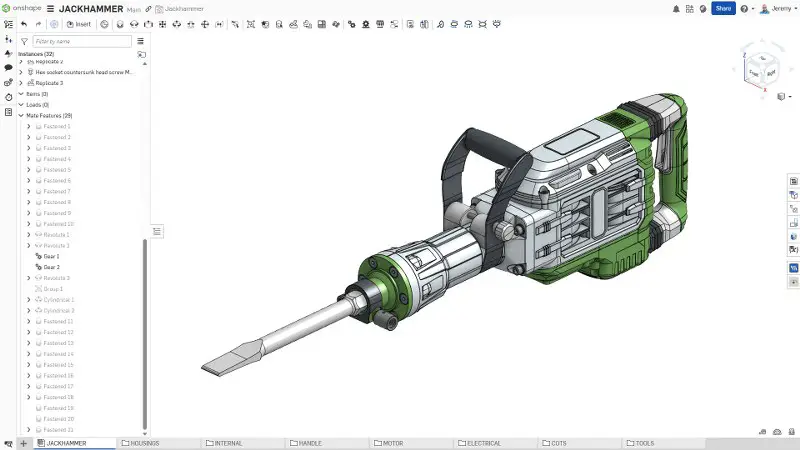
OnShape is a bit of an odd one, since many model makers have veered away from it recently. This is because you cannot create ‘private’ models on the free version of OnShape. Every model you make is public, which does make it a little awkward to use for commercial printing. Although, since you’re looking at free 3D modeling software, we doubt this is your aim.
OnShape is purely online. So, you’ll need an internet connection to use it. Some people have reported that this can make things a bit buggy, but it is a sacrifice you’ll need to make.
That being said, OnShape is great for 3D modeling. It is easy to get to grips with, and many of the tools you use here will be very similar to the ones in pro-level software, making it easier for you to upgrade later on.
Since models are available publicly (if created using the free version), you can also see how other people have put together their models, and perhaps grab a few techniques there.
Pros:
- Easy to use
- Public models
- Tools are similar to pro-level tools, making the transition later on easy.
Cons:
- Your models are not private on the free version.
- Cloud-based software can cause glitches.
DesignSpark Mechanical
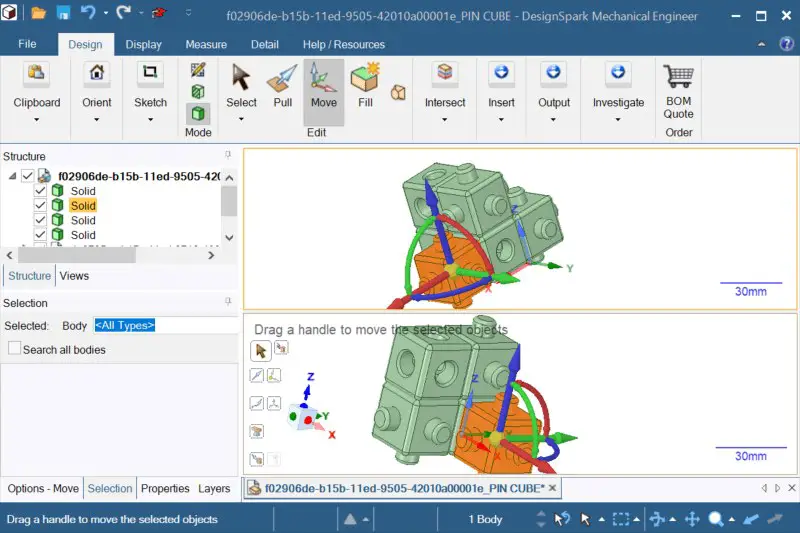
A lot of lovers of DesignSpark Mechanical believe that DesignSpark should get more love, so here it is! While we can’t say that DesignSpark Mechanical is the best piece of 3D modeling software for prints in the world, you can’t beat free. It is worth checking out just to see what it brings to the table.
DesignSpark is very intuitive. If you’ve never 3D modeled before, you should be able to get to grips with the various tools included. You can also 2D sketch items, and the software will do a reasonably good job of creating a 3D version.
The best part is that it has been designed for 3D print modeling. No need to install any extra modules. Just export to STL and you’re ready to roll.
It has one downside, though. The fact is that if you use the free version, getting your models out of there to use with other software is almost impossible. So, if you’re using DesignSpark on a model, you’re pretty much limited to DesignSpark.
Pros:
- Easy to use
- Works well with 3D model print formats
- Downloadable for use offline.
Cons:
- No ‘open’ format for models, meaning they’re limited to DesignSpark.
FreeCAD
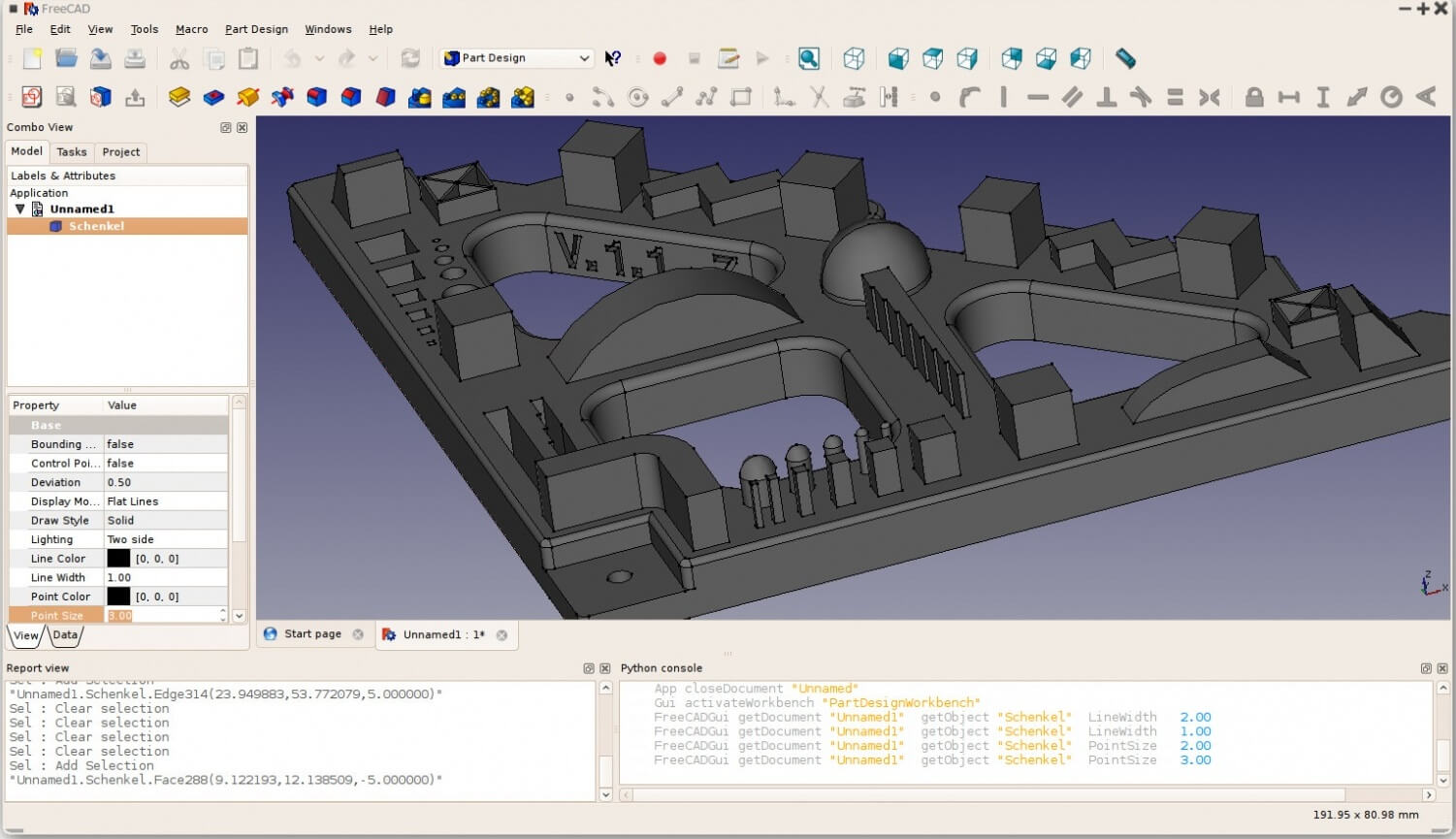
FreeCAD is something that many, many 3D print modelers use. However, we do want to point out that it isn’t the strongest when it comes to 3D modeling. However, various upgrades to the software over the years have helped to smooth this out a little bit.
What we will say is that FreeCAD probably has more features than other pieces of 3D modeling software, although we doubt many of them will be that useful to an amateur (or even professional) producing 3D models for print. Still, they are there to be used.
FreeCAD does take a lot of getting used to, since it doesn’t have the greatest UI and some of the tools are hidden. But, on the plus side, there are a lot of tutorials for the software as it has been around an incredibly long time.
To cap it all off, you should have no issues creating the models you want to make, especially once you have come to grips with the various tools at your disposal.
Pros:
- Lots of features
- Free to use
- Plenty of tutorials
Cons:
- Hard to use.
- Not designed for 3D modeling, but can be used for that purpose.
This is just a small smattering of the free 3D print modeling software on the market. Honestly? You don’t need to look elsewhere for quality free software. Any one of these six should be great to use, but we highly recommend using either Blender or Fusion for the best experience.
